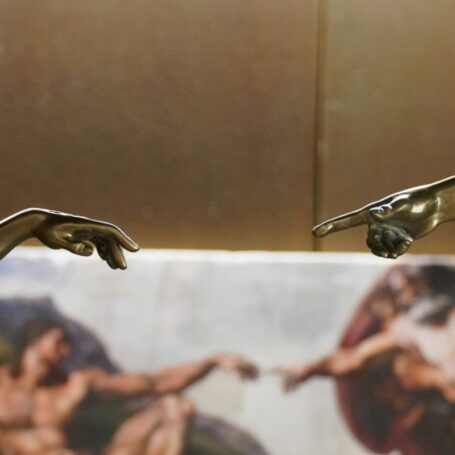Transforming How We Teach?
In this post, Richard Longman at the University of the West of England reflects on his, David Knights‘, and Guy Huber’s recent research article, “Critical management education: Selected auto-ethnographic vignettes on how attachment to identity may disrupt learning,” published in Management Learning. He discusses the genesis of the project, its progression including incorporating student and collegial feedback, and conclusions applicable to critical management educators and scholars.
Our work began as a conversation between two colleagues trying to understand if our attachment to our identities limited our ability to transform how we teach. On one hand, we wanted to be regarded as competent teachers; on the other hand, we wanted be known to teach from a critical perspective that resisted the status quo of power, social inequality, and injustice. Though we shared an early career fragility, our conversations started to disrupt our attachments to identities and explore the discomfort we experienced. To stimulate deeper reflections, we engaged directly with our students’ feedback on our teaching, and we tried to explain what we were experiencing with reference to different theoretical ideas.
We presented our initial work at conference and were joined in our conversations by other scholars. Many felt that being attached an identity could be a major obstacle to transforming how we teach. This supported our emerging thinking, and whilst this idea wasn’t extensively explored in the identity work literature it seemed that others reflected on their own teaching in this way. Our work intensified over the months that followed this conference. And, we expanded the conversation to include David, who had heard the paper and who brought new ideas to our theorizing. We talked about the courage needed to embrace the discomfort and about how we each wanted be critical in both our pedagogy and in our examinations of the world.

To extend and develop our work we wrote vignettes about our experiences – drawing on student feedback, comments from colleagues, and personal diaries. We shared these vignettes with each other and questioned how our attachments compelled us to reject things that threatened the self, or its stability and security. This, we recognized, was a major obstacle to our teaching, learning, and thinking. The disruption of our attachment to identities generated anxieties, vulnerabilities, uncertainties, and conflicting emotions. But, this became important in understanding the strength of our desire to be regarded a competent teacher (which drove us to adopt one set of practices) which was in conflict with our desire to be known to teach from a critical perspective (which drove us to adopt another set of practices).
Steadily, we began to understand how our attachment to identities limited our ability to transform how we teach. Our conclusion stands that in accepting that though discomfort renders our identities fragile, we become more able to transform our interactions with students. In similar ways, our students might become engaged and, perhaps, less trapped by convention. Our hope is that those reading our work – “Critical management education: Selected auto-ethnographic vignettes on how attachment to identity may disrupt learning” – will reflect on this pedagogic problematic. We believe that a reflexive relationship to our identities produces liberating forms of knowledge. This seems to lie at the heart of transforming how we teach.































































































